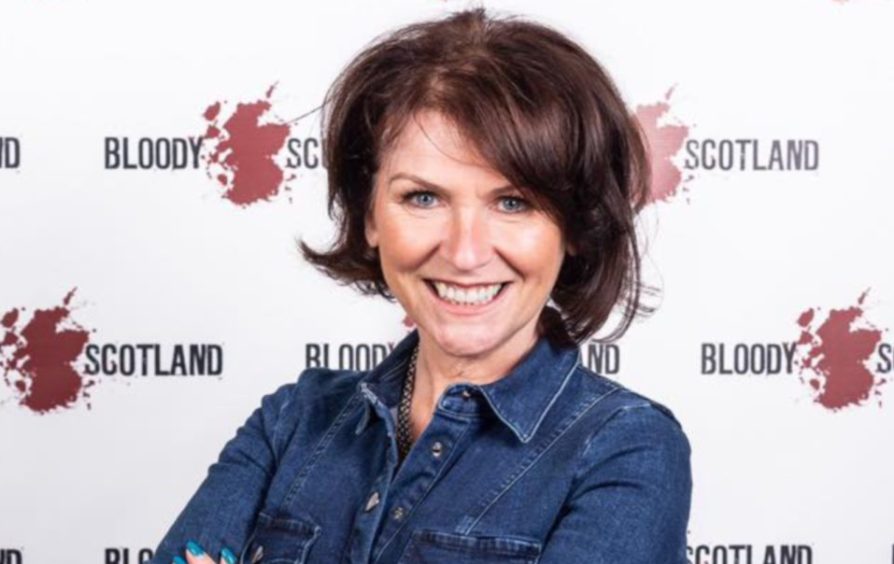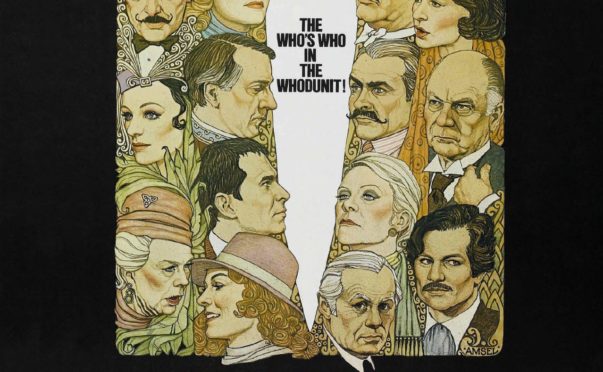
The novels of Agatha Christie, the late, great queen of crime, are allegedly only outsold by the Bible and Shakespeare and her fiction has inspired a slew of adaptations on big and small screens around the world.
Now – as A-list fans join an ITV documentary to mark the centenary of her most enduring literary creation, Hercule Poirot, The Sunday Post asks some expert fans about their favourite book by the writer, who died in 1976, and why her moustachioed detective has such a lasting cultural impact.
Agatha & Poirot, tonight, ITV, 9pm.
I love her fussy little brainbox with a thirst for truth…and a romantic side
– Author Alex Gray
I came to read Agatha Christie in my 20s, post-university, my reading matter changing from literary fiction to something I saw as lighter fare.
Finding her was a blessing as the characters became familiar friends, the more genteel way of life depicted in her pages charming and quirky and, above all, the puzzle presented to the reader a stimulating challenge. None more so than the novel I consider her finest, The Murder Of Roger Ackroyd.
Viewpoint has always fascinated me, trying to enter another person’s mind and see the world from his or her perspective and it was a refreshing change to read a Christie novel written in the first person – from Doctor Sheppard’s point of view. Not just refreshing, as it turned out, but quite mind-blowing and, for its time, wildly innovative since Sheppard is…well, I’d better not say any more.
It was the third outing for her little Belgian genius and I still wonder if Christie intended to continue with Hercule Poirot for as many books as she eventually did, this one seeing the detective retreat to a small village in search of the peace and quiet of retirement.
Characters, however, have a habit of developing their own ideas about their place in a book, as I well know, and Poirot was to become a character of worldwide fame. Here we see him venturing into the quiet life of a man who grows vegetables, having turned his back on a lifetime of solving crime, his sidekick Captain Hastings off to Africa. He befriends Sheppard, seems to like the doctor but all the while, as the plot becomes more and more complex, those little grey cells are working.
The various strands gave Christie the chance to show Poirot as a fully rounded character, his sympathy for young lovers bringing out his romantic side, his insatiable thirst for truth elevating him to heroic status yet always maintaining these fussy traits that made him totally human.
I remember the day I read that Agatha Christie had died and my feeling of intense and selfish sorrow. She gave me so much more than a canon of fiction, however, bringing me to realise eventually that hers was the genre I would wish to follow. Thank you, Agatha, for Poirot and all the rest of your wonderful characters.
Alex Gray is author of the Detective William Lorimer series and co-founder of the Bloody Scotland festival. Her new novel, Before The Storm, is out now.
Readers are invited into the story to solve the mystery for themselves
– Murder mystery actor Kenny Boyle
I don’t remember a time in my life when I wasn’t aware of Agatha Christie and Poirot.
My dad was always into crime dramas and murder mysteries. I must have been five or six when they first came into my world where they have remained.
Agatha and Poirot have a special quality that gives them longevity. We have so many characters nowadays that are big, buff, action heroes who run around with guns and solve problems with violence. Poirot is not that.
He is unassuming, he could be anyone, but his brilliance comes from his intelligence and ability to piece things together.
What makes him enduring is that people can see themselves in him. You are in his shoes because you are trying to solve that mystery with him.
My favourite Poirot has always been Murder On The Orient Express, but I am working on Poirot monologues from The Affair At The Victory Ball and The Cornish Mystery for the digital Pitlochry Festival Theatre as part of their Winter Ensemble.
Even when we are not doing an Agatha Christie or Poirot theme, they always come up either because a participant will offer up an incredible Agatha Christie twist, or they give Christie-themed team names, or even come dressed as Poirot.
Christie and Poirot are synonymous with murder-mysteries. The whole genre of interactive murder-mystery theatre might never have come to be were it not for the cultural touchstones that Agatha Christie created.
Kenny Boyle is an actor and writer behind the leading Can You Catch the Killer? mystery events company.
Her sense of humour is so sharp
Agatha Christie’s novels have been gathering a new generation of fans after being serialised in a podcast.
Phoebe Reads A Mystery sees host Phoebe Judge read a chapter a day from a classic mystery novel.
The series began with The Mysterious Affair At Styles, Christie’s first published novel, and has since featured The Murder on the Links, and Tommy and Tuppence mystery The Secret Adversary. Phoebe even spoke with James Prichard, Christie’s great-grandson, to discover more about the author’s life and times.
“Mystery novels, with their suspenseful plots, lend themselves so well to serialised reading,” said Phoebe, who created hit series Criminal, which documents real-life stories of people who’ve done wrong.
“The Mysterious Affair At Styles felt like the perfect place to start.” Listeners are “always clamouring for more Christie”. Phoebe added: “My favourite so far has been The Secret Adversary. I got a kick out of Tommy and Tuppence.
“The novel is funny – Christie doesn’t get enough credit for being funny.”
Listen to Phoebe Reads A Mystery at thisiscriminal.com/mystery
Among the murder, mayhem, chaos and crisis, there is also order and calm
– Theresa Talbot
There are few crime writers who wouldn’t acknowledge Agatha Christie as being among the most influential of the last 100 years.
I grew up with her, and I don’t mean we were childhood pals – no heckling from the back, please! But the TV of my childhood was dominated by film adaptations of her books: Murder Most Foul, Murder Ahoy, Murder At The Gallop.
I devoured horror, mystery and thrillers so was a sucker for anything with murder in the title and as a child these were all deemed safe enough for me to view.
The ones featuring Hercule Poirot were even better – Murder On The Orient Express and Death On The Nile – lots of murder, but with the added bonus of exotic intrigue of faraway lands. It was the movies that pointed me toward the books and to this day Murder On The Orient Express starring the inimitable Hercule Poirot remains my favourite Christie.
If I had to sit down and dissect it, I’d need to admit the plot to be ludicrous, the characters two-dimensional and the ending far-fetched – but that’s not what Christie is about. For me her books are the ultimate cosy-crime.
I know writers don’t always regard that as a compliment. MC Beaton, of Hamish Macbeth and Agatha Raisin fame, told me she’d bestow a “Glasgow Kiss” on anyone who described her books as cosy – and she was 82 at the time. But you know where you are with Agatha Christie. Among the murder and mayhem there is order. Among the chaos and crisis there is calm.
And none as orderly as Hercule Poirot himself. “There is right, there is wrong,” he says, “and there is nothing in between.” That describes his character and his moral compass perfectly.
Yet in Murder On The Orient Express this fundamental principle is compromised. First published in 1934, it has all the hallmarks of a great mystery. Like most of Christie’s books, we’re introduced to the characters one by one, slowly drip-fed a morsel of their story, a hint of their past, and we know that there will be some tenuous connection. But no one is what they seem and a vital link pulls the main players and the threads of the story together, as well as the wonderful Poirot who finds himself as a fellow passenger by chance.
So when one of the travellers is killed – the odious Ratchett whom we all secretly hoped would be a goner from the get-go – there is no doubt the killer has to be one of the passengers or crew, with no means of escape when the train becomes derailed and stuck in a snow drift.
The ending is a bit far-fetched but we know that we’ve been part of a great piece of theatrical staging.
Theresa Talbot is a novelist and host of The Tartan Noir Show podcast.

Enjoy the convenience of having The Sunday Post delivered as a digital ePaper straight to your smartphone, tablet or computer.
Subscribe for only £5.49 a month and enjoy all the benefits of the printed paper as a digital replica.
Subscribe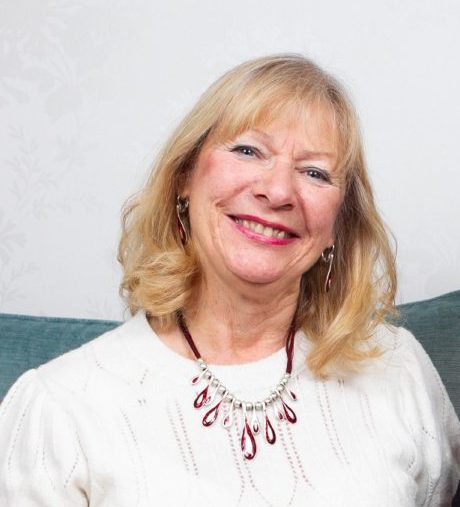 © Andrew Cawley
© Andrew Cawley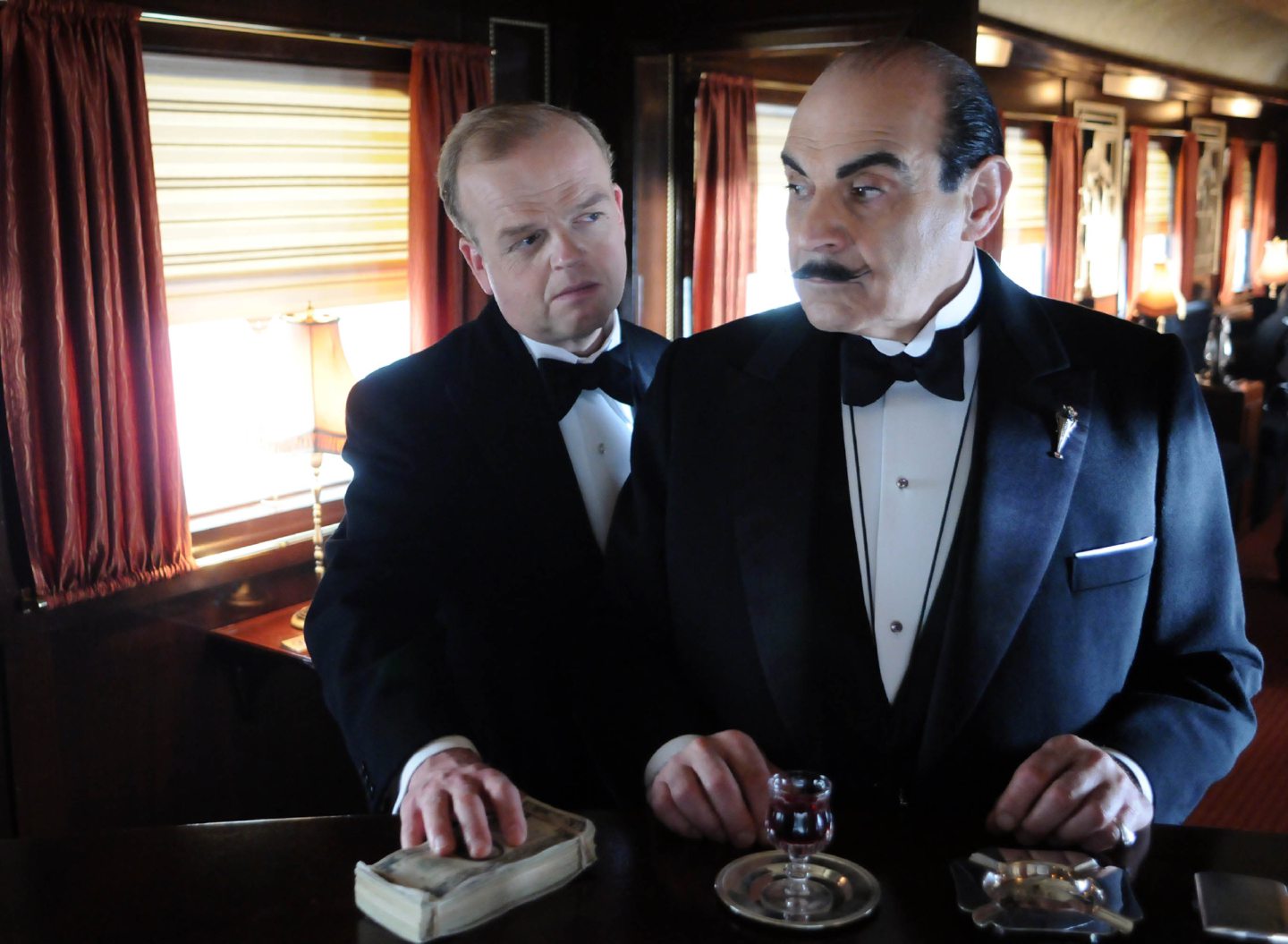 © ITV/Shutterstock
© ITV/Shutterstock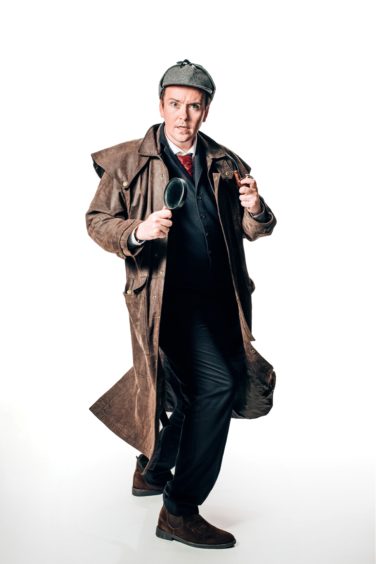 © MIHAELA BODLOVIC
© MIHAELA BODLOVIC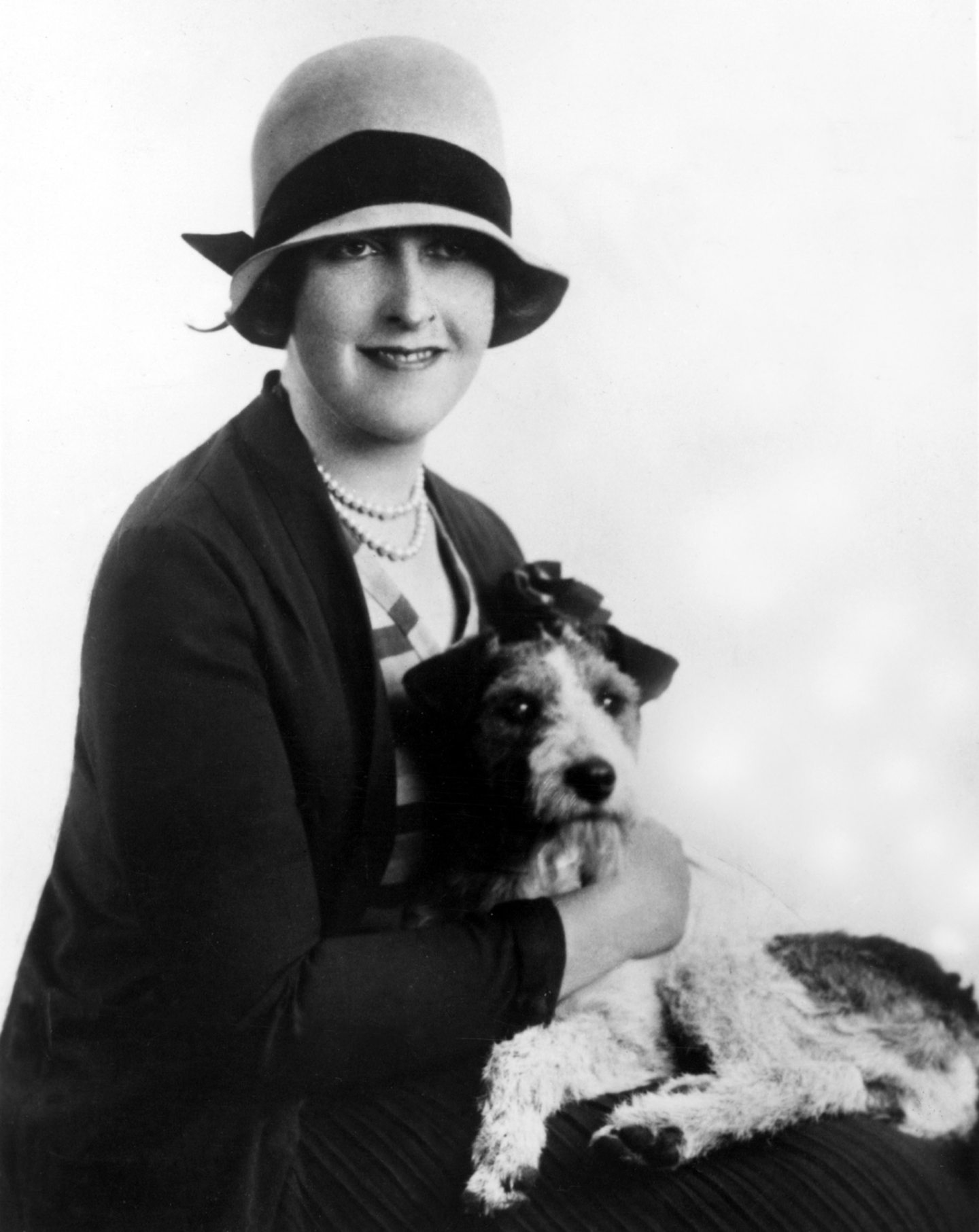 © Everett/Shutterstock
© Everett/Shutterstock